-
 bitcoin
bitcoin $112715.707551 USD
-1.71% -
 ethereum
ethereum $4101.475385 USD
-3.01% -
 tether
tether $1.000644 USD
-0.02% -
 bnb
bnb $1207.619465 USD
-6.77% -
 xrp
xrp $2.501451 USD
-3.98% -
 solana
solana $202.947124 USD
-3.32% -
 usd-coin
usd-coin $1.000295 USD
0.04% -
 dogecoin
dogecoin $0.203884 USD
-4.47% -
 tron
tron $0.317154 USD
-1.72% -
 cardano
cardano $0.695009 USD
-4.43% -
 hyperliquid
hyperliquid $38.853961 USD
-8.23% -
 chainlink
chainlink $18.988674 USD
-4.64% -
 ethena-usde
ethena-usde $1.000233 USD
-0.03% -
 stellar
stellar $0.337050 USD
-3.63% -
 bitcoin-cash
bitcoin-cash $536.861728 USD
-1.28%
Is DeFi total locked volume (TVL) important? What does it reflect?
TVL in DeFi reflects user confidence, liquidity, and economic activity, but it's not the sole indicator of a project's health due to potential manipulation and asset concentration risks.
May 18, 2025 at 06:01 pm
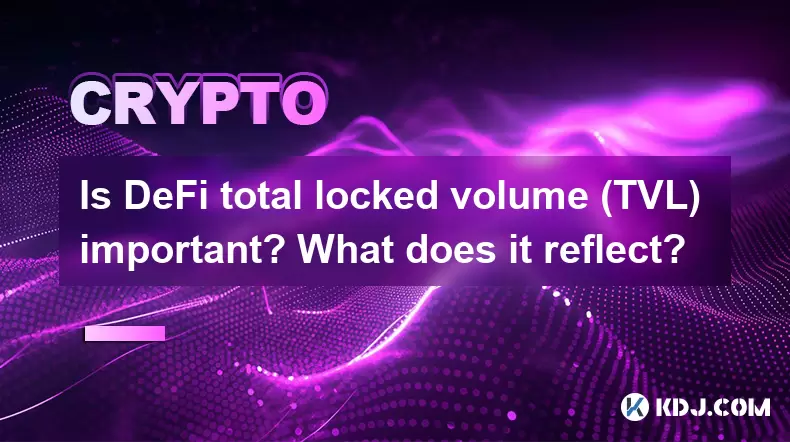
The concept of Total Locked Volume (TVL) has become a critical metric in the decentralized finance (DeFi) ecosystem. As DeFi platforms continue to grow and evolve, understanding TVL and its implications is essential for investors, developers, and users alike. This article delves into the importance of TVL, what it reflects, and how it impacts the DeFi landscape.
What is TVL in DeFi?
TVL, or Total Locked Volume, represents the total value of assets locked within a DeFi protocol. This metric is calculated by aggregating the value of all cryptocurrencies and tokens that users have deposited into a particular DeFi platform. TVL is often measured in U.S. dollars to provide a standardized view across different cryptocurrencies.
In essence, TVL is a snapshot of the total capital that users are willing to commit to a DeFi project. It includes assets staked in liquidity pools, lending platforms, yield farming opportunities, and other DeFi services. By tracking TVL, one can gauge the overall health and popularity of a DeFi protocol.
Why is TVL Important in DeFi?
TVL serves as a key indicator of a DeFi project's growth and stability. A rising TVL suggests that more users are trusting the platform with their assets, which can signal increasing confidence and adoption. Conversely, a declining TVL might indicate waning interest or potential issues within the protocol.
From an investor's perspective, TVL can be a useful metric for evaluating the potential returns and risks associated with a DeFi project. Higher TVL often correlates with higher liquidity, which can lead to more stable and potentially higher yields. However, it's important to note that TVL alone is not a definitive measure of a project's quality or safety.
For developers and project teams, TVL is a crucial benchmark for tracking the success and impact of their platform. It helps them understand user engagement and can guide decisions on further development and improvements. A robust TVL can also attract more partnerships and integrations within the broader DeFi ecosystem.
What Does TVL Reflect in DeFi?
TVL reflects several aspects of a DeFi ecosystem, each providing valuable insights into the platform's performance and user behavior.
1. User Confidence and Adoption: A high TVL indicates that users are willing to lock their assets into the platform, suggesting a level of trust and belief in its potential. This can be a strong signal of a project's legitimacy and market acceptance.
2. Liquidity and Market Depth: TVL is closely tied to the liquidity available within a DeFi protocol. Higher TVL typically means deeper liquidity pools, which can lead to smoother transactions and less price slippage for users.
3. Economic Activity and Yield Opportunities: The level of TVL can also reflect the economic activity within a DeFi platform. Higher TVL often correlates with more opportunities for yield farming, lending, and other financial activities, attracting more users and capital.
4. Risk and Security: While a high TVL can be a positive sign, it also comes with increased risk. Larger pools of locked assets can become attractive targets for hackers, making security a paramount concern for projects with significant TVL.
How to Track and Analyze TVL in DeFi
Tracking and analyzing TVL in DeFi can be done through various tools and platforms. Here's how you can stay informed about TVL trends:
Use DeFi Analytics Platforms: Websites like DeFi Pulse, DeFi Llama, and CoinGecko provide real-time data on TVL across different DeFi protocols. These platforms aggregate data from various blockchains and DeFi projects, offering a comprehensive view of the ecosystem.
Monitor Blockchain Explorers: Many blockchain explorers, such as Etherscan for Ethereum, allow you to view the TVL of specific DeFi contracts. This can give you a more granular understanding of where assets are being locked within a particular protocol.
Follow DeFi Projects Directly: Many DeFi projects publish their TVL data on their official websites or through social media channels. Following these updates can provide insights into the project's growth and any changes in TVL over time.
Utilize DeFi Dashboards: Some DeFi platforms offer their own dashboards that display TVL and other key metrics. These can be useful for tracking the performance of specific protocols you are interested in.
Limitations and Considerations of TVL
While TVL is a valuable metric, it's important to consider its limitations and not rely on it as the sole indicator of a DeFi project's health.
1. Quality vs. Quantity: A high TVL does not necessarily mean a project is of high quality or sustainable. It's crucial to look at other factors such as the project's team, technology, and community support.
2. Manipulation Risks: TVL can be manipulated through various means, such as incentivizing users to lock assets temporarily or through artificial inflation of token prices. This can create a misleading picture of a project's true value.
3. Concentration of Assets: Sometimes, a high TVL might be driven by a few large depositors rather than widespread adoption. This concentration can pose risks if those depositors decide to withdraw their assets.
4. Interconnectedness: Many DeFi projects are interconnected, with assets being moved between different protocols. This can lead to double-counting of TVL, where the same assets are counted in multiple places.
Case Studies: TVL in Action
To illustrate the importance and implications of TVL, let's look at a few case studies from the DeFi space.
1. Uniswap: As one of the leading decentralized exchanges, Uniswap has consistently maintained a high TVL. This reflects its strong user base and the liquidity available for trading. The high TVL has also attracted numerous developers to build on top of Uniswap, further enhancing its ecosystem.
2. Compound: Compound, a decentralized lending platform, saw its TVL surge during the DeFi boom of 2020. This increase was driven by users seeking to earn interest on their assets and borrow against their collateral. The high TVL helped Compound become a cornerstone of the DeFi lending market.
3. Yearn.finance: Yearn.finance, known for its yield aggregation strategies, experienced rapid growth in TVL as users flocked to its vaults for high yields. However, fluctuations in TVL also highlighted the volatility and risks associated with yield farming.
Frequently Asked Questions
1. Can TVL be used to predict the success of a DeFi project?While TVL can provide insights into a project's growth and user engagement, it should not be used as the sole predictor of success. Other factors such as the project's fundamentals, team, and market conditions play a significant role in determining long-term viability.
2. How does TVL impact the security of a DeFi platform?A high TVL can make a DeFi platform a more attractive target for hackers, necessitating robust security measures. Conversely, a low TVL might indicate less interest and potentially weaker security due to fewer resources available for security audits and improvements.
3. Is there a correlation between TVL and the price of a project's native token?There can be a correlation between TVL and token price, as a rising TVL often signals increased demand and confidence in the project. However, this relationship is not always straightforward and can be influenced by various market dynamics and external factors.
4. How do regulatory changes affect TVL in DeFi?Regulatory changes can significantly impact TVL, as stricter regulations might deter users from locking their assets into DeFi platforms. Conversely, favorable regulations can boost TVL by increasing trust and adoption within the ecosystem.
Disclaimer:info@kdj.com
The information provided is not trading advice. kdj.com does not assume any responsibility for any investments made based on the information provided in this article. Cryptocurrencies are highly volatile and it is highly recommended that you invest with caution after thorough research!
If you believe that the content used on this website infringes your copyright, please contact us immediately (info@kdj.com) and we will delete it promptly.
- MEXC's Explosive Growth: Trading Volume and Token Gains in Focus
- 2025-10-15 18:25:16
- Pudgy Penguins Price Prediction: Bull Flag Hints at Breakout!
- 2025-10-15 18:45:14
- GateToken Q3 2025 Onchain Destruction: Deflationary Strategy in Action
- 2025-10-15 18:45:14
- Chainlink (LINK): Super Bullish Signals Amidst Institutional Adoption
- 2025-10-15 18:25:16
- Arbitrum (ARB) Comeback: Is a Price Surge on the Horizon?
- 2025-10-15 19:05:12
- Coinbase's India Crypto Play: A Bullish Bet on CoinDCX and the Future of Digital Assets
- 2025-10-15 18:30:01
Related knowledge

How to track DeFi activity on a block explorer
Sep 04,2025 at 05:36pm
Bitcoin's Role in Decentralized Finance1. Bitcoin remains the cornerstone of the cryptocurrency ecosystem, serving as both a store of value and a benc...
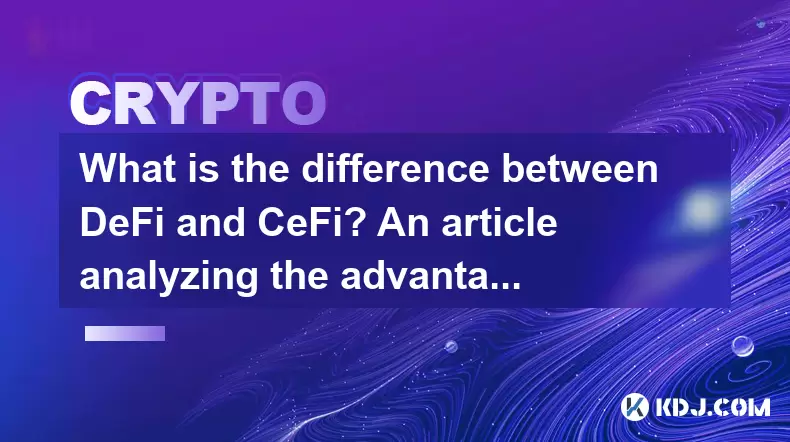
What is the difference between DeFi and CeFi? An article analyzing the advantages and disadvantages of both
Jun 13,2025 at 03:57am
Understanding the Foundations of DeFi and CeFiTo fully grasp the difference between DeFi (Decentralized Finance) and CeFi (Centralized Finance), it’s ...
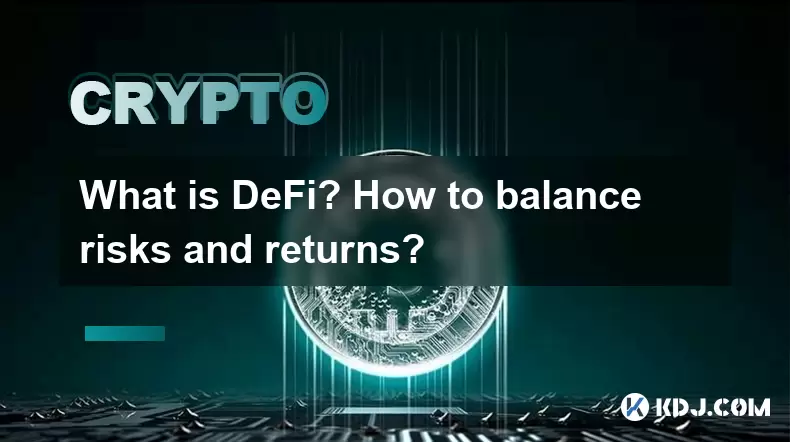
What is DeFi? How to balance risks and returns?
May 31,2025 at 12:22pm
What is DeFi? How to Balance Risks and Returns? Decentralized Finance, commonly known as DeFi, represents a revolutionary shift in the financial ecosy...
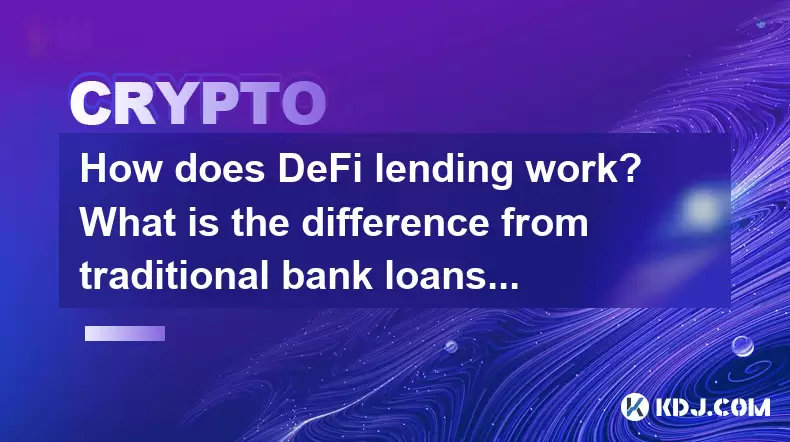
How does DeFi lending work? What is the difference from traditional bank loans?
May 29,2025 at 05:36pm
Introduction to DeFi LendingDeFi lending, or decentralized finance lending, represents a revolutionary shift in the way borrowing and lending are cond...
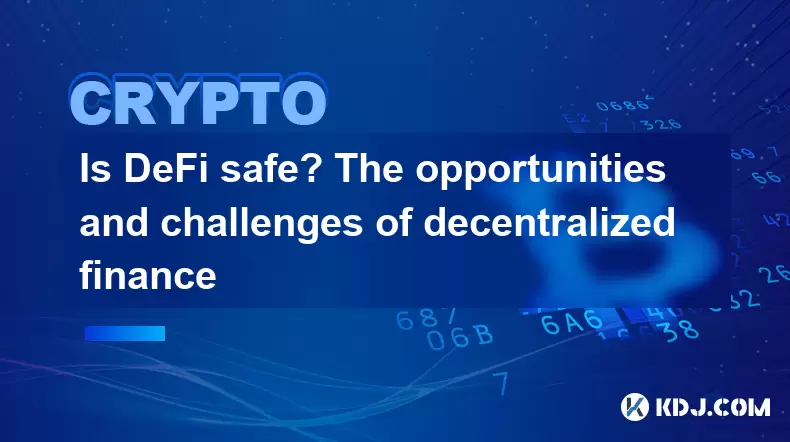
Is DeFi safe? The opportunities and challenges of decentralized finance
May 27,2025 at 02:28pm
Decentralized Finance, commonly known as DeFi, has revolutionized the financial landscape by offering a range of financial services without the need f...
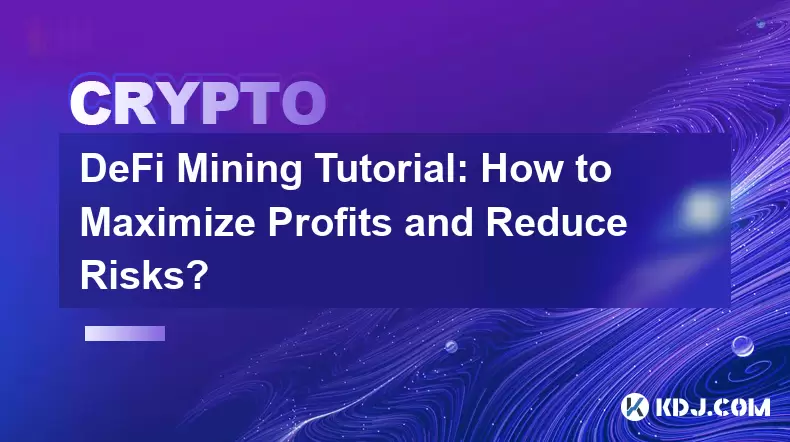
DeFi Mining Tutorial: How to Maximize Profits and Reduce Risks?
May 27,2025 at 07:42am
DeFi, or Decentralized Finance, has opened up a new world of opportunities for crypto enthusiasts looking to maximize their profits through various mi...

How to track DeFi activity on a block explorer
Sep 04,2025 at 05:36pm
Bitcoin's Role in Decentralized Finance1. Bitcoin remains the cornerstone of the cryptocurrency ecosystem, serving as both a store of value and a benc...

What is the difference between DeFi and CeFi? An article analyzing the advantages and disadvantages of both
Jun 13,2025 at 03:57am
Understanding the Foundations of DeFi and CeFiTo fully grasp the difference between DeFi (Decentralized Finance) and CeFi (Centralized Finance), it’s ...

What is DeFi? How to balance risks and returns?
May 31,2025 at 12:22pm
What is DeFi? How to Balance Risks and Returns? Decentralized Finance, commonly known as DeFi, represents a revolutionary shift in the financial ecosy...

How does DeFi lending work? What is the difference from traditional bank loans?
May 29,2025 at 05:36pm
Introduction to DeFi LendingDeFi lending, or decentralized finance lending, represents a revolutionary shift in the way borrowing and lending are cond...

Is DeFi safe? The opportunities and challenges of decentralized finance
May 27,2025 at 02:28pm
Decentralized Finance, commonly known as DeFi, has revolutionized the financial landscape by offering a range of financial services without the need f...

DeFi Mining Tutorial: How to Maximize Profits and Reduce Risks?
May 27,2025 at 07:42am
DeFi, or Decentralized Finance, has opened up a new world of opportunities for crypto enthusiasts looking to maximize their profits through various mi...
See all articles





















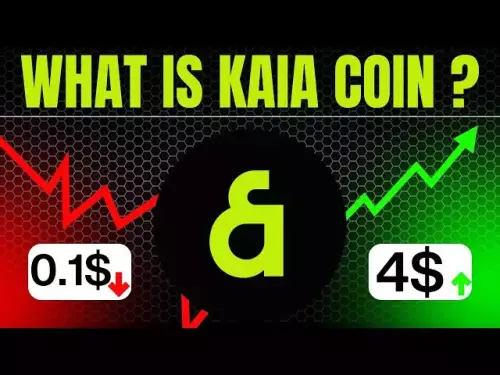

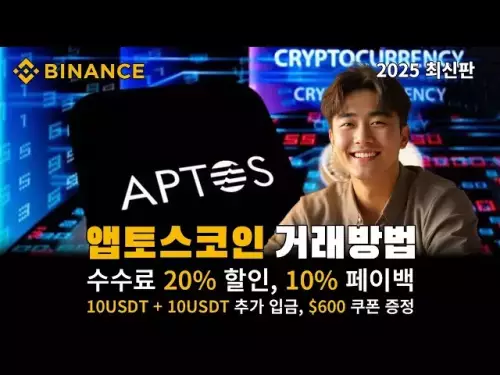


![Staking ATH: How To Stake $ATH in October 2025 with 523% APY — [Step-By-Step Guide] Staking ATH: How To Stake $ATH in October 2025 with 523% APY — [Step-By-Step Guide]](/uploads/2025/10/15/cryptocurrencies-news/videos/staking-ath-stake-ath-october-apy-stepstep-guide/68eef94d80903_image_500_375.webp)















































